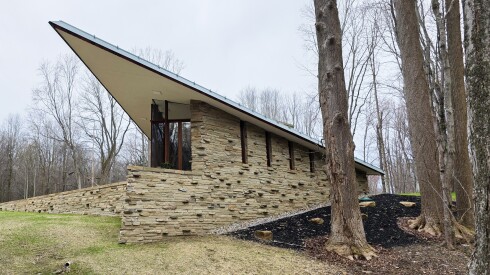Wawel Hill occupies a special place in Polish history—the seat of kings, it served as a symbol of Polish identity even when the country was erased from the map during partitions. Perched on the limestone hill above the Vistula River, the Wawel Castle and Cathedral are filled with treasures, including a unique collection of Flemish tapestries and several other wonderful artworks and artifacts. Visitors can tour the state rooms and royal private apartments (note that there are a limited number of timed tickets available each day, so it’s best to book in advance) as well as the Crown Treasury and Armory, but the can’t-miss attraction is the cathedral, where royal christenings, weddings, coronations, and burials once took place.
If you dare, climb the steep wooden staircase from the cathedral’s sacristy up to Sigismund’s Tower, where the famous Sigismund Bell (commissioned in 1520 by King Sigismund the Old) still tolls on solemn state and church occasions. When you’ve caught your breath, descend to the crypt below the cathedral, where several Polish kings and national heroes are buried. On your way out, exit Wawel Hill via the Dragon’s Den—the rock cave where it’s believed the fire-breathing dragon Smok once lived.

















